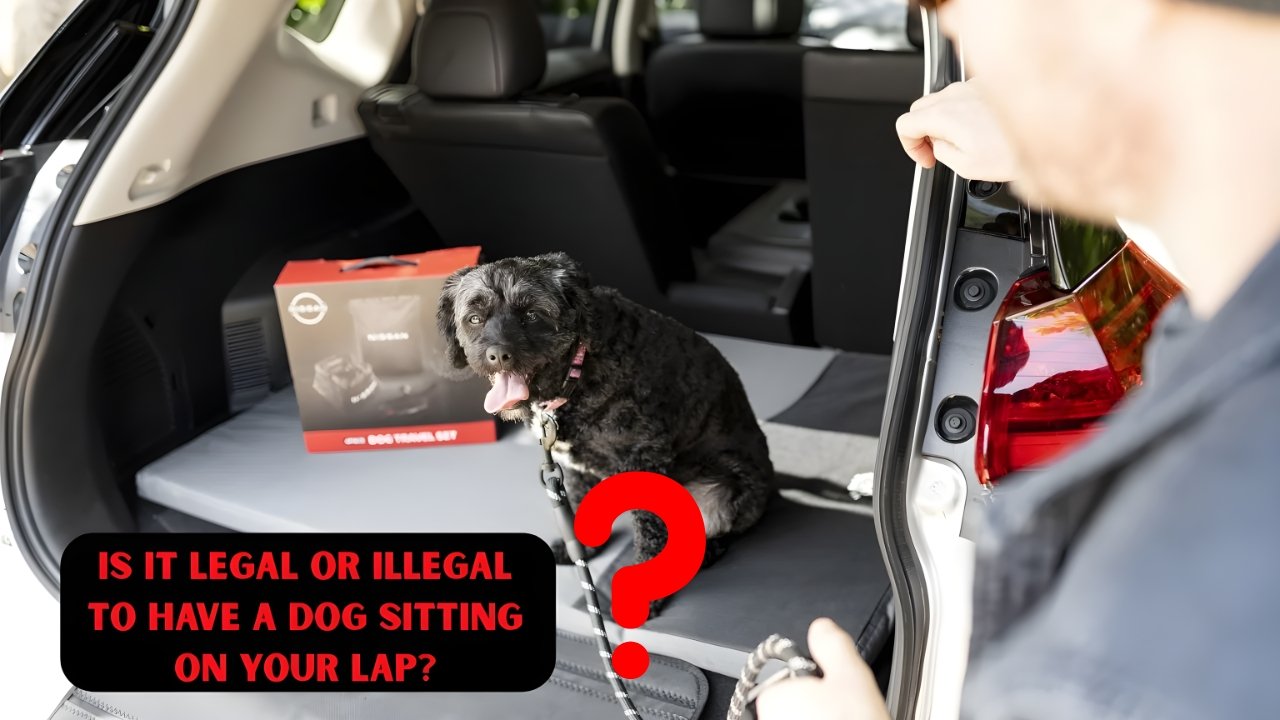Due to road safety and animal welfare issues, every one of the states and territories included in the risk management system prohibits ensuing unsecured dogs in cars, as well as dogs that occupy the drivers lap. Restrictions in Australia are specific regarding situations in which owners are in charge of dogs that occupy vehicles. In these situations, the vehicles should remain uninterrupted, and the dogs should not occupy the driver’s lap. Each of these cases deserves formal attention as well as fines and points on the respective driver’s license. Each case represents the risk of injuring or improperly restraining the animal. The response below represents the reasoning in the case of this animal.
Regulatory penalties in Australia
Each of the Australian states and territories embraced different responses that impose fines on irresponsible owners who allow dogs to occupy the driver’s lap, posing substantial risk. The response in each of these depends on the risk that the driver will not fully control the vehicle, on the safety of the owner’s animal, and on the risk that the driver will become distracted. The fines are basically consistent, starting from over 150 fines in the northern territories, to fines in New South Wales which can reach over 500 and 3 points on the driver’s license. There are further consequences if the animal gets hurt or if the animal is inappropriately restrained.
State-by-State Penalties
Here’s a brief summary table illustrating fines in selected states:
| State | Fine (AUD) | Demerit Points |
|---|---|---|
| NSW | $562 | 3 |
| QLD | $389 | N/A |
| SA | $228 | N/A |
| WA | Up to $5,000 (if animal is harmed) | N/A |
| TAS | $2,050 | N/A |
| NT | $150 + $58 levy | N/A |
Legal details can differ in wording and strictness, but the prohibition remains universal.
Risks to Safety and Animal Welfare
A dog sitting unrestrained or on the driver’s lap can limit the driver’s ability to steer and react in an emergency. Road safety studies and experts warn that minor accidents or sudden stops can turn an unrestrained dog into a dangerous projectile. Such a situation can injure the passengers in the car and the dog. For the safety of both the passengers and the animals, authorities suggest the use of pet harnesses and properly secured crates or carriers.
Animal Welfare and Cruelty
In New South Wales, animal protection complaints received from the public are referred to the appropriate officer in the council, and unsatisfied animal protection officers can issue a penalty, which may contain an enforcement of a road safety regulation. Animal protection and road safety legislation in Australia, and specifically in New South Wales, is intertwined to prevent unnecessary suffering of animals.
Helpful Tips for Drivers
In accordance with the law in Australia, for safety reasons, all dogs and pets while on a moving vehicle must be restrained using a dog seatbelt harness, or kept in a crate and secured. Passengers should not have dogs on their s laps and they should also not travel in the cabin of the vehicle unrestricted. It is also illegal for dogs to travel in the boot or in any metal tray unrestrained and without proper coverings.
Questions You May Have
Q1. Is it legal to have a dog on your lap while driving in Australia?
No. It is illegal in all Australian states to have a dog on your lap while driving.
Q2. What are some safe alternatives for transporting dogs?
The law states that a dog must be secured with a dog seatbelt harness, crate, or secured pet carrier for safe and legal driving.
Q3. Can fines increase if the dog is injured during travel?
Yes. If a dog is harmed during travel due to unrestrained transport, the fines increase and include jail time.


